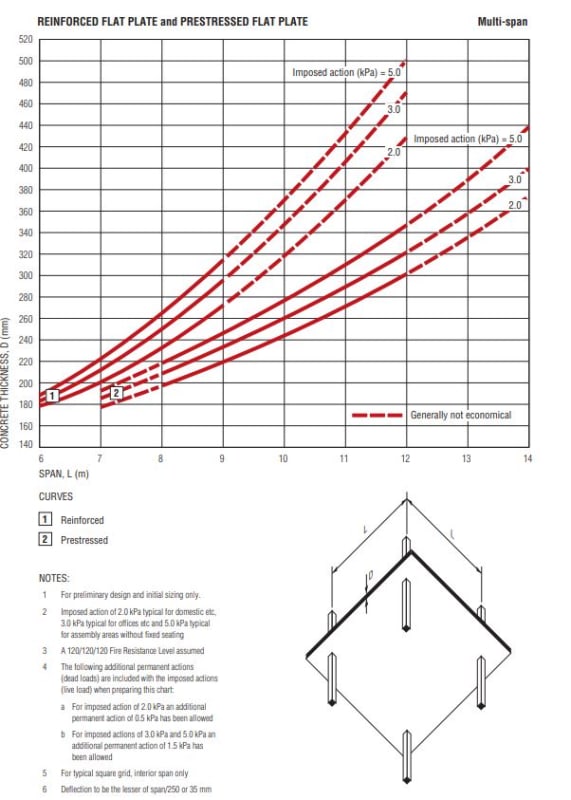ramihabchi
Structural
- May 1, 2019
- 98
hi,
In general,what is the most cost efficient column spacing for a flat slabs structure?
also,I have found on the internet a research done for framed structure saying that for narrow slabs(example 30m x12m )dividing the slab in one way panels (15mX6m) leads to more economical design than dividing it into 2way panels(5mX6m).I want to know if this would be true for narrow slab of size greater than 30mX12m for example 60mX24m.
And is it true also for flat slab?
In general,what is the most cost efficient column spacing for a flat slabs structure?
also,I have found on the internet a research done for framed structure saying that for narrow slabs(example 30m x12m )dividing the slab in one way panels (15mX6m) leads to more economical design than dividing it into 2way panels(5mX6m).I want to know if this would be true for narrow slab of size greater than 30mX12m for example 60mX24m.
And is it true also for flat slab?

